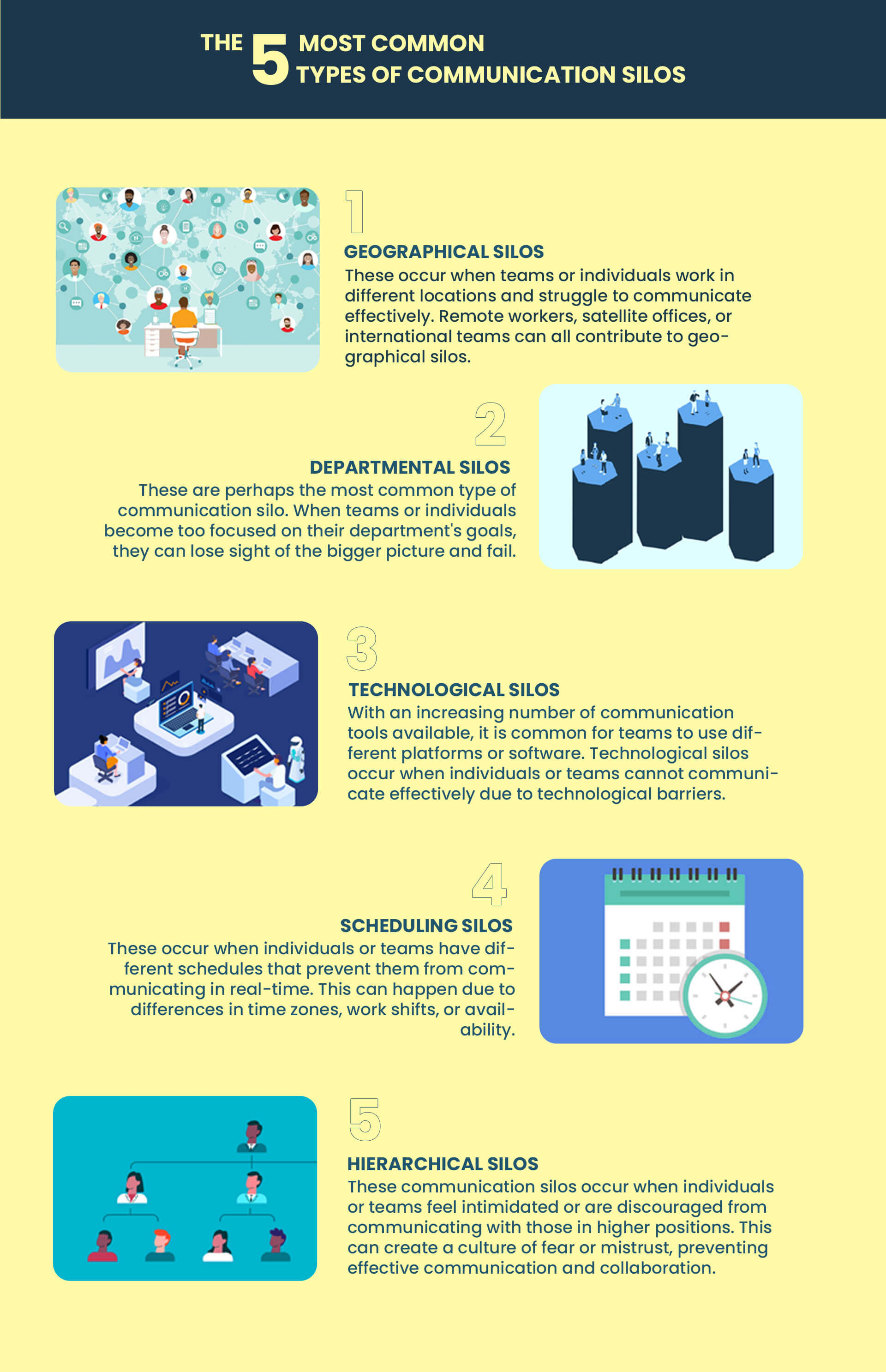
Dec 21 2023
8 min read


Mar
The year 1998 was an eventful one. Between US President Bill Clinton’s denial of a relationship with a White House staff Monica Lewinsky in January to his impeachment in December later that year, parts of the world, such as Northern Ireland, became more peaceful with the signing of the Good Friday Agreement, while some unfortunate others, such as Kenya and Tanzania, saw innocent blood spill, which would ultimately culminate into the war on terror three years later.
Amid all this geopolitical churn, that year witnessed two other relatively less talked-about yet path-breaking events; they hold valuable lessons for the business world and form the crux of this blog.
In an unprecedented move, five leading space agencies, including those of long-time adversaries USA and Russia, joined hands to launch the International Space Station (ISS) in October 1998. More than two decades later, bickering and conflicts among the participating countries notwithstanding, the ISS― a habitable artificial satellite orbiting Earth at an altitude of 253 miles― continues to be a beacon of international cooperation and synergy.
But the other marquee scientific endeavor of the year was less fortunate than the ISS. The December launch of NASA’s Mars Climate Orbiter aimed to study the Martian climate and surface. Ten months into the operation, NASA lost communication with the spacecraft during a planned orbital insertion maneuver.
However, more than the enormity of the failure of this ambitious project, it was the cause of the fiasco that caught the world’s attention.
While the software designed by the navigation team at NASA’s Jet Propulsion Laboratory used the SI units in its calculations, a key piece of software developed by Lockheed Martin, the company that built the craft, was modeled on United States customary units.
This egregious mismatch between the standards adopted by two teams working towards achieving the same goal is perhaps the most expensive demonstration of risks associated with operating in silos.
The ISS, a more complex venture undertaken by scientists of several geographies and cultures, on the other hand, remains a shining example of how to overcome organizational silos and achieve great success.
In agriculture, silos are large storage containers that store various items, usually grains. They are tall, windowless structures with limited accessibility, ensuring minimal contact with the outside world.
Silos stock different types of grains independently of each other.
Communication silos are similar to agricultural silos; they arise when a group of individuals or departments in an organization share information and communication only among themselves but not with their counterparts within the same organization.
According to a PwC report , 55% of companies operate in silos.
Contrary to popular belief, operating in silos is a norm and not an exception. Given the tribal mindset of humans, working with a small group of individuals who share common interests, identities, and goals is more natural than collaborating with a large set of people with heterogeneous cultures and values.
Imagine a startup working out of a single office with a handful of employees. As they operate out of the same workspace and have direct access to leadership, the employees are a close-knit group with a clear idea of the organization’s objectives and their role in the organization.
As the company grows, headcount grows, the number of departments increases, and so does the number of tools, technologies, and premises. If the company expands internationally, it introduces new dimensions, such as geographies, time zones, cultures, and languages.
While these aspects add value and diversity to the organization, each has the potential to create new silos.
Left unaddressed, with limited communication, such silos could reduce group collaboration and adversely impact the company’s growth prospects.

The following are the most common types of communication silos that exist with organizations:
Rapid strides in technology adoption and globalization have made it much easier for businesses to scale their operations globally. Such international forays offer multiple advantages: Organizations can tap into a broad and diverse talent pool, access markets outside their home territory with relative ease, and make the most of labor arbitrage opportunities.
Employees stationed in one location are more likely to form a silo if an organization operates multiple geographically dispersed workspaces. If one goes to a more granular level, even individuals working on different floors and bays within a single workspace could form silos.
The rise of the work-from-home culture in the post-COVID era has changed the dynamics further. Those working from home may find themselves isolated from the ones working out of offices. If the management does not take active steps to address the issue, a sense of alienation and neglect fosters among individuals or teams that do not share a common workspace.
Employees working in a similar profile or the same domain may form a silo. Departmental silos form for several reasons, such as a lack of shared vision, a trust deficit between teams, and a lack of proper internal communication channels.
Such communication silos operating between departments can have disastrous ramifications for an organization, including duplication of effort and missed opportunities. Corporate history is replete with examples of departmental silos, especially the ones existing between product and sales/marketing cells, leading to scandals, reputational losses, and fines.
The 9/11 terrorist attacks, however, serve as the most painful demonstration of the disastrous consequences unchecked departmental silos could have. Multiple investigations into the deadliest terrorist attack in human history reveal that the lack of sharing of intelligence and inputs between the CIA, FBI, and other state agencies was a significant factor behind the failure to foil the attacks.
Many medium and large organizations in the knowledge economy erect business units that harness unique capabilities. The extraordinary level of autonomy such units enjoy often leads to technological silos.
Armed with a mandate to own and operate such units, their owners deploy technologies and platforms they believe will help extract the best value out of their unit. While such deployments may help optimize the particular unit, they become problematic if they differ from other departments’ deployments. It gets all the more chaotic if multiple units use standards and technologies that are incompatible with those of others.
Such fragmented ownership of units leads to uncoordinated investment in platforms and technologies, makes organization-wide end-to-end optimization difficult, results in duplicative efforts, and deprives organizations of cost-conservation opportunities.
Equipping some employees with a full suite of features and others with only a basic suite leads to the creation of technological apartheid. Trying to bridge the gap between their capabilities by adopting free applications, hacks, or a patchwork of multiple applications makes the situation even more problematic.
Organizations, thus, must put in place a policy that allows for the use of uniform communication technologies, standards, and platforms and helps facilitate the flow of cross-functional communication.
Organizations with a global footprint are not a novelty in today’s digital world. Technological advancements, such as cloud infrastructure, instant messaging, and videoconferencing, have allowed businesses to support their stakeholders 24 x 7, with employees working in various shifts and geographies.
People working in the same schedule or batch may form a silo. Businesses operating with various shifts must establish a communication channel, shared calendar, and cross-functional leadership between teams.
The ramifications of scheduling silos are more pronounced in industries that depend on sequential processing; since the output of one team feeds as input of the other, scheduling issues trigger a chain reaction.
Cut-throat competition, fear of losing market share, and pressure to deliver better products fast often compel the top leadership and their marketing teams to set unrealistic timelines without consulting product teams.
As evidenced by Google’s Bard AI demonstration in February 2023, such lofty promises may lead to shareholder value destruction, fines from regulators, damage to reputation, or, worst case, bankruptcy.
Hierarchies are a feature of most organizations. They exist even among ones adopting a flat institutional structure, albeit in a less pronounced manner.
It’s natural for employees with similar profiles and experience levels to form a silo. So, silos of entry-level employees will be distinct from those of senior executives. The relationship between those in the upper echelons impacts the morale of those operating at lower levels of the matrix.
Critical information typically flows from top to bottom in a hierarchical structure of multiple layers. As the number of levels in a hierarchy increases, the possibility of miscommunication increases.
Effective communication between the end recipients is prone to the influence of the biases, politics, trust levels, intradepartmental rivalries, and intellectual abilities of those operating in the intermediate layers.
Professional disagreements, lack of shared goals, and ego clashes often result in the formation of office cliques. In such scenarios, information is shared only among those part of the clique, while others outside are fed selective information or deprived of communication altogether.
Thus, establishing clear communication channels between the top and bottom layer employees is as important as setting up cross-functional and inter-departmental communication frameworks.
Communication silos become an integral aspect of any organization that grows organically. Many big organizations rely on multi-layered independent verticals of professionals and specialists to better cash in on their knowledge-based skills.
Such isolated divisions offer short-term tangible benefits, such as focused communication, greater efficiency and autonomy, enhanced security, and accountability.
But studies show the risks of communication silos far outweigh their benefits in the long term. Deeply entrenched silos prevent an organization from transforming and pose multidimensional risks to its growth prospects.
Misunderstandings
The absence of an effective common communication framework can lead to misunderstanding, mistrust, and unhealthy internal competition between teams.
Reduction in Productivity
Without common communication channels, multiple teams working on similar ideas and tasks could lead to duplication of efforts and waste valuable company resources.
Reduction in Innovation and Creativity
As tech mogul Michael Dell puts it, collaboration is innovation. By inhibiting the flow of information between teams, knowledge, and ideas, communication silos stifle creativity.
Increased Risk of Errors and Mistakes
The lack of effective communication between different teams can lead to mistakes with profound implications, such as delays and cost overruns.
Delays in Delivery and Service
The scope for misunderstandings and mistakes grows when teams operate in silos. Identification and rectification of errors could result in unnecessary delays and hold-ups.
Surge in Costs
Communication silos can result in duplication of efforts, delivery delays, and missed opportunities for cost conservation, thus making operations costlier.
Reduction in Customer Satisfaction
Inadequate communication between multiple domains can lead to delays and errors in delivery and misunderstanding customer requirements and preferences, resulting in substandard servicing of customers.
Reduction in Employee Morale
Communication silos foster an exacerbated sense of isolation among employees. The feeling of disconnection reduces their morale and willingness to engage at work.
Negative Company Culture
The lack of effective team communication creates a company culture of mistrust and negativity. Unaddressed inter-departmental conflicts and politics can derail an organization’s prospects. With teams prioritizing their interests over the company’s, achieving its long-term objectives takes additional resources and complex maneuvering from the leadership.
As workplace silos adversely impact productivity, innovation, morale, revenue, customer satisfaction, and growth, organizations must identify silos and address them.
The following are some effective strategies to overcome silos and cultivate a culture of transparency and collaboration.
1. Lead From The Top
The role of leadership is central to forming or dismantling workplace silos. If leaders set an example and transparently communicate with the workforce, employees feel comfortable and motivated to coordinate openly with colleagues within and outside their teams.
Team managers must align their communication and management styles to present unified leadership to employees.
Here is an interesting TedX video that will inspire leaders to foster a collaborative environment in their workplace and breakdown communication silos:
2. Communicate A Unified Vision
The leadership must work with teams to understand their objectives and then form a unified vision aligning with the organization’s long-term goals, values, and mission. By communicating this vision effectively to employees through open channels, such as meetings, and bulletins, leaders can help team members visualize the big picture and their role in achieving the organization’s goals, offering them a sense of purpose and motivation to collaborate with their colleagues.
3. Nurture A Transparent Company Culture
Organizations can promote an open and transparent culture by sharing updates and feedback regularly. Such a positive company atmosphere encourages employees to raise their issues, provide feedback, communicate freely with colleagues and leadership, and collaborate cross-functionally.
4. Promote Cross-functional Communication
Employees have limited avenues to communicate internally with their colleagues from other teams.
Organizations can actively create more opportunities for different departments to interact and collaborate by organizing inter-departmental team-building exercises, social gatherings, cross-functional meetings, and ice-breaking activities.
Programs like cross-functional mentorship, job shadowing can also boost collaboration.
5. Reward Collaborative Initiatives
The goal of eliminating workplace silos is to foster a culture that values organization-wide cooperation. By recognizing and rewarding employees who break out of their conventional teams and collaborate with other groups, businesses can motivate and incentivize employees to break down departmental silos.
Add to your reading list: Best employee recognition ideas for small to large businesses
6. Offer Learning And Development Opportunities
Eliminating workspace silos is a collaborative endeavor. Through comprehensive learning and development programs, organizations can sensitize their employees about the importance of cross-functional collaboration and the perspectives of other teams. By helping employees develop their communication, management, leadership, and teamwork skills, organizations can prepare them to work and thrive in a cooperative and transparent environment.
7. Implement Collaborative Tools Of Communication
Thanks to technological advancements, two colleagues, separated by thousands of miles, can today bridge that distance with merely a few clicks.
Organizations can use communication tools, such as instant messaging applications, social media platforms, project management frameworks, and video conferencing tools, to facilitate team collaboration.
8. Use Digital Signage Platforms At Workplace
Organizations can tap into the audio-visual appeal of digital signage solutions to share company results, product launches, organizational updates, and gather employee feedback.
These open communication tools are the best medium to convey the company values, strategies, objectives, and achievements to workers because they ensure that each one, irrespective of his place in the food chain, receives the same unadulterated communication.
The creation of silos due to geographic dispersion and human tendencies is a recurrent theme across organizations of all ages and sizes. Many organizations form silos by design in domains that require specific skills to execute specialized mandates.
In stable times, when only black swan events can trigger disruptions, silos induce a sense of inertia and security among businesses. Safe spaces instituted by silos allow professionals to execute their business-as-usual activities comfortably and instill in leaders a perception of order, if not utopia.
But as a certain eccentric, talented singer-songwriter of yore prophesied, “the times they are a-changin’.”
New-age technologies have accelerated the pace of disruption. Businesses can survive these disruptions only by transforming their operating models and cultures through an organization-wide collaborative endeavor.
However, inelastic silos, singularly focused on their objectives, are unaccustomed to collaborating. Poor cooperation impacts the organization’s efficiency and creates a work culture lacking trust, innovation, and motivation.
Organizations must break silos by prioritizing effective cross-functional communication, fostering a culture of trust and transparency, and embracing cross-functional initiatives and the latest technologies.
Take complete control of what you show on your digital signage & how you show it.
Start Free Trial Schedule My Demo
Dec 21 2023
8 min read

Dec 19 2023
6 min read

Dec 14 2023
7 min read

Dec 8 2023
8 min read